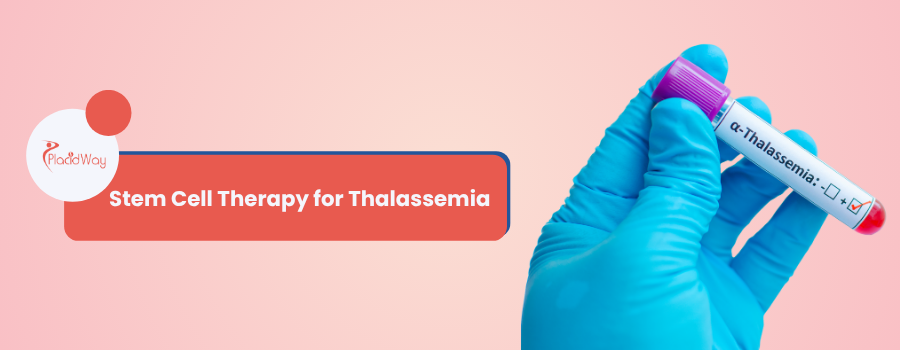
Stem cell therapy, most commonly a bone marrow transplant, is the only established cure for thalassemia. It works by replacing the patient's unhealthy blood-forming stem cells with healthy ones from a donor, enabling the body to produce normal, healthy red blood cells and ending the need for transfusions.
Could Stem Cell Therapy for Thalassemia Be Your Cure? A Guide to Treatment Abroad
For families battling thalassemia, the routine of constant blood transfusions and chelation therapy is exhausting. It's a life managed, not a life cured. But what if there was a different path? For decades, stem cell therapy also known as a bone marrow transplant (BMT) has offered the only proven cure for this genetic blood disorder. It’s a chance to completely restart the body's blood-production factory.
This procedure is complex and comes with challenges, with the biggest hurdle often being finding a perfectly matched donor. Even when a donor is found, the cost in countries like the United States or the UK can be astronomical, running into hundreds of thousands of dollars. This is why a growing number of families are turning their gaze across borders, exploring medical tourism for a more accessible and affordable path to a cure. This guide will walk you through what this treatment involves, what to expect, and how seeking care abroad might be the answer you've been looking for.
What is Thalassemia and Why Does It Cause Problems?
Thalassemia is an inherited blood disorder where the body makes an abnormal form of hemoglobin, the protein in red blood cells that carries oxygen. This leads to a massive shortage of healthy red blood cells (severe anemia) and can cause symptoms like fatigue, weakness, pale skin, and, in severe cases, organ damage.
Imagine your red blood cells are delivery trucks, and hemoglobin is the cargo bay designed to hold oxygen. In thalassemia (particularly severe forms like Beta-Thalassemia Major), the cargo bays are built incorrectly. They can't hold oxygen properly, and the trucks themselves are fragile and break down easily. The body, recognizing these faulty "trucks," destroys them in the spleen, leading to constant, severe anemia.
Without enough oxygen, a child's body can't grow properly. The bone marrow works overtime trying to produce more cells, which can cause bones to deform. The spleen becomes enlarged from disposing of all the bad cells. To survive, patients need blood transfusions every 2-4 weeks. But this solution creates a new problem: iron overload. This excess iron from transfused blood is toxic and can damage vital organs like the heart and liver, requiring another lifelong treatment called chelation therapy to remove it.
How Does Stem Cell Therapy Actually Cure Thalassemia?
Stem cell therapy cures thalassemia by completely replacing the patient's "faulty" bone marrow—the source of the problem—with a donor's "healthy" bone marrow. The new, healthy stem cells take over and begin producing normal, functional red blood cells, permanently ending the anemia and the need for transfusions.
Think of the patient's bone marrow as a factory with a broken blueprint, producing only defective red blood cells. Stem cell therapy doesn't just treat the symptoms (anemia) like transfusions do; it rebuilds the entire factory.
The process involves two main stages. First, the patient undergoes "conditioning." This is a course of high-dose chemotherapy (and sometimes radiation) designed to completely wipe out their existing faulty bone marrow. This makes space for the new cells and prevents the patient's immune system from rejecting them. Second, the healthy donor stem cells (collected from their bone marrow or blood) are infused into the patient's bloodstream, much like a simple blood transfusion. These smart cells naturally find their way to the empty bone marrow, "engraft" (or take root), and, after a few weeks, start producing a new, healthy blood supply.
What Are the Different Types of Stem Cell Transplants for Thalassemia?
For thalassemia, the transplant must be "allogeneic," meaning it comes from a donor. The "type" refers to the source of that donor. The best option is a matched sibling, but advances have made transplants from unrelated donors and half-matched parents (haploidentical) increasingly successful.
Because thalassemia is a genetic disease, the patient's own stem cells have the same faulty gene. Therefore, an "autologous" transplant (using one's own cells) is not an option. The cure relies on getting new genetic instructions from a healthy donor. Here are the main types, from most to least ideal:
- Matched Sibling Donor (MSD): This is the gold standard. A brother or sister who is a perfect "HLA match" (Human Leukocyte Antigen, a type of tissue typing) offers the highest chance of success with the lowest risk of complications.
- Matched Unrelated Donor (MUD): If no sibling is a match, doctors search international bone marrow registries for a volunteer donor who is a perfect HLA match. This has become a very common and successful option.
- Haploidentical Transplant: This is a newer, revolutionary option. A "haplo" (or half-match) donor is almost always available, as parents are a 50% match for their children. Specialized techniques are used to process the donor cells to reduce complications, making this a vital option for patients with no perfect match.
- Umbilical Cord Blood: Stem cells collected from a newborn's umbilical cord (either from a sibling or a public bank) can also be used. These cells are less mature, which can reduce the risk of certain complications.
Who is a Good Candidate for This Therapy?
The best candidates are typically younger patients (children and adolescents) with severe thalassemia who have a suitable donor. Good overall health, especially a liver that is not severely damaged by iron overload, is crucial for a successful outcome. Older patients can be eligible but face higher risks.
Doctors evaluate candidates based on a risk classification system. The ideal candidate is young (under 16) and has been well-managed, meaning:
- They have received regular chelation therapy.
- Their liver is not enlarged (no hepatomegaly).
- Their liver does not have significant fibrosis (scarring) from iron overload.
Patients who meet all three criteria are "Class 1" and have the highest success rates (often over 90%). Patients with one or two of these risk factors ("Class 2" or "Class 3") can still have the transplant, but the risks of complications are higher. This is why acting early, before irreversible organ damage occurs, is so important.
What Does the Entire Treatment Process Look Like?
The entire process is a long journey that takes several months. It involves an initial evaluation, finding a donor, undergoing conditioning (chemo), the transplant day, and a long hospital stay for recovery as the new immune system grows.
Here is a typical step-by-step timeline:
- Step 1: Evaluation and Donor Search (1-3+ months): The patient undergoes extensive health checks. At the same time, the search for a donor begins with family, then international registries.
- Step 2: Conditioning (7-10 days): The patient is admitted to a special, isolated hospital room. They receive high-dose chemotherapy to eliminate their bone marrow.
- Step 3: Transplant Day (Day 0): This day is surprisingly simple. The donor's healthy stem cells are given to the patient through an IV line, just like a blood transfusion. It's painless.
- Step 4: Engraftment (2-4 weeks): This is the most critical waiting period. The patient remains in isolation with a severely weakened immune system. Everyone waits for blood tests to show that the new stem cells have "taken" and are starting to produce new blood cells.
- Step 5: In-Hospital Recovery (1-2 months): Once engraftment is confirmed, the patient stays in the hospital to be monitored for infections and a major complication called Graft-versus-Host Disease (GvHD).
- Step 6: Outpatient Recovery (6-12 months): After discharge, the patient must stay near the hospital for several months for frequent check-ups. It takes a full year or more for the new immune system to become fully functional.
What are the Success Rates and Potential Risks?
Success rates, meaning a complete cure, are very high for ideal candidates (over 90% in Class 1 patients). However, there are significant risks, chiefly infection during the recovery period and Graft-versus-Host Disease (GvHD), where the donor's immune cells attack the patient's body.
This procedure is a major medical undertaking with a tradeoff: a potential cure in exchange for significant short-term risks.
- Success: For young patients with a matched sibling donor and minimal organ damage, the disease-free survival rate is excellent. Success with MUD and haploidentical transplants has also improved dramatically, approaching those of MSDs in many centers.
- Risks:
- Infection: After conditioning, the patient has no immune system for weeks, making them extremely vulnerable to bacteria, viruses, and fungi.
- Graft-versus-Host Disease (GvHD): The new donor immune system (the "graft") can see the patient's body (the "host") as foreign and attack it, commonly affecting the skin, liver, and gut.
- Graft Failure: In rare cases, the donor cells do not "take" root in the bone marrow, or they disappear over time.
Why Are So Many Families Looking Abroad for Thalassemia Treatment?
The two biggest drivers are cost and access. The cost of a transplant in countries like the US can be over $500,000, which is life-altering debt. Medical tourism destinations may offer the same or better care for a fraction of that price, often with shorter wait times for unrelated donors.
When a family is facing a potential cure for their child, "how much does it cost?" is a devastating but necessary question. The answer often leads them to medical tourism.
- Extreme Cost Savings: A procedure that costs $500,000 - $800,000 in the U.S. might cost $50,000 - $120,000 in a world-class facility in India, Turkey, or Thailand. This price difference makes the impossible, possible.
- Access to Advanced Technology: Top international hospitals, especially those accredited by JCI (Joint Commission International), are often equipped with the very latest technology for haploidentical transplants and GvHD management—sometimes even before it's widely available in the West.
- Shorter Wait Times: In public healthcare systems, the wait for a transplant or even a consultation can be long. Private international hospitals can often move much faster from evaluation to transplant.
- Access to Donor Pools: Finding a matched unrelated donor (MUD) can sometimes be easier by accessing international registries that have a more diverse genetic pool.
Which Countries are Top Destinations for Stem Cell Therapy?
Countries like India, Turkey, Thailand, South Korea, and Singapore have gained global recognition for their advanced hematology and bone marrow transplant units. They combine high success rates, JCI-accredited hospitals, and experienced doctors with significantly lower costs.
Patients are traveling to countries that have invested heavily in their medical infrastructure and specialist training. Top destinations include:
- India: A world leader in medical tourism, India has numerous centers of excellence for pediatric BMT. Its top surgeons have vast experience, and the cost is among the lowest in the world.
- Turkey: With a strong focus on high-tech care and JCI-accredited facilities, Turkey has become a major hub for complex procedures, including haploidentical transplants.
- Thailand: Known for its exceptional hospitality and high standards of medical care, Thailand's premier hospitals offer comprehensive BMT programs in a patient-centric environment.
- South Korea: A technological powerhouse, South Korea offers cutting-edge medical treatments and has excellent success rates in stem cell therapies.
What is the Cost of Stem Cell Therapy for Thalassemia Worldwide?
The cost varies dramatically. A transplant in the U.S. can exceed $500,000, while the same procedure in a top-tier hospital in India or Turkey might range from $50,000 to $120,000. This price typically includes the entire hospital stay, conditioning, and doctor's fees.
The cost difference is one of the most compelling reasons for medical tourism. Here is an estimated cost comparison for a bone marrow transplant. Note: These are estimates and can vary based on the donor type, patient's condition, and length of hospital stay.
| Country | Estimated Cost (USD) | Estimated Savings vs. USA |
|---|---|---|
| USA | $400,000 - $800,000+ | - |
| United Kingdom | $250,000 - $450,000+ | 40% - 50% |
| Turkey | $70,000 - $130,000 | 80% - 85% |
| India | $50,000 - $100,000 | 85% - 90% |
| Thailand | $80,000 - $150,000 | 75% - 80% |
How Can I Find a Safe and Reputable Clinic Overseas?
Research is key. Look for international accreditations like JCI (Joint Commission International). Verify the hospital's specific experience with thalassemia BMT, check the surgeon's credentials, and read patient testimonials. A medical tourism partner like PlacidWay can do this vetting for you.
Choosing a hospital abroad can feel overwhelming, but you can vet them effectively:
- Check Accreditations: JCI accreditation is the global standard for hospital safety and quality.
- Ask About Volume: Ask the hospital how many thalassemia BMTs they perform *each year*. Higher volume almost always means better outcomes.
- Verify Doctor Credentials: Look up the hematologist and transplant surgeon. Where did they train? Are they internationally certified?
- Request a Tele-Consultation: A reputable hospital will be happy to arrange a video call between you and the lead doctor to discuss your case before you commit.
What Support Can PlacidWay Provide for My Family's Medical Journey?
PlacidWay acts as your advocate and navigator. We connect you with a network of pre-vetted, world-class hospitals, get itemized quotes, and help manage all the logistics—from medical record transfers to everything—so you can focus on your child's health.
We understand that this is more than just a medical procedure; it's a journey for your whole family. We simplify the entire process by:
- Providing a curated list of top-tier, accredited BMT centers.
- Collecting your medical records and getting remote opinions and treatment plans from multiple doctors.
- Getting you transparent, all-inclusive price quotations.
- Acting as your liaison with the hospital to ensure clear communication every step of the way.
What is Life Like After a Successful Stem Cell Transplant?
Life after a successful transplant is a return to normalcy. The patient is cured of thalassemia. This means no more blood transfusions, no more chelation therapy, and no more anemia. They can live a full, active life, with the only requirement being annual long-term follow-up checks.
The change is profound. A successful transplant means the end of a life dictated by hospital schedules. It means the end of painful injections and long, draining transfusion days. The iron stops building up, and the body's organs are no longer under threat. It allows a child to just be a child—to run, play, and grow without the heavy burden of a chronic disease.
While the journey is long and the recovery year is tough, the prize is a normal, healthy life—a true cure. This is the hope that drives families to explore every possible option, including traveling the world for care.
Take the Next Step with PlacidWay
Ready to explore a potential cure for thalassemia? Your journey to a life free from transfusions is just a click away. Explore top-rated international BMT centers, compare treatment packages, and get a free, personalized quote for your stem cell therapy with PlacidWay. Let us help you plan a seamless and successful medical travel experience. Start your journey to a cure today!
Stem Cell Therapy Abroad

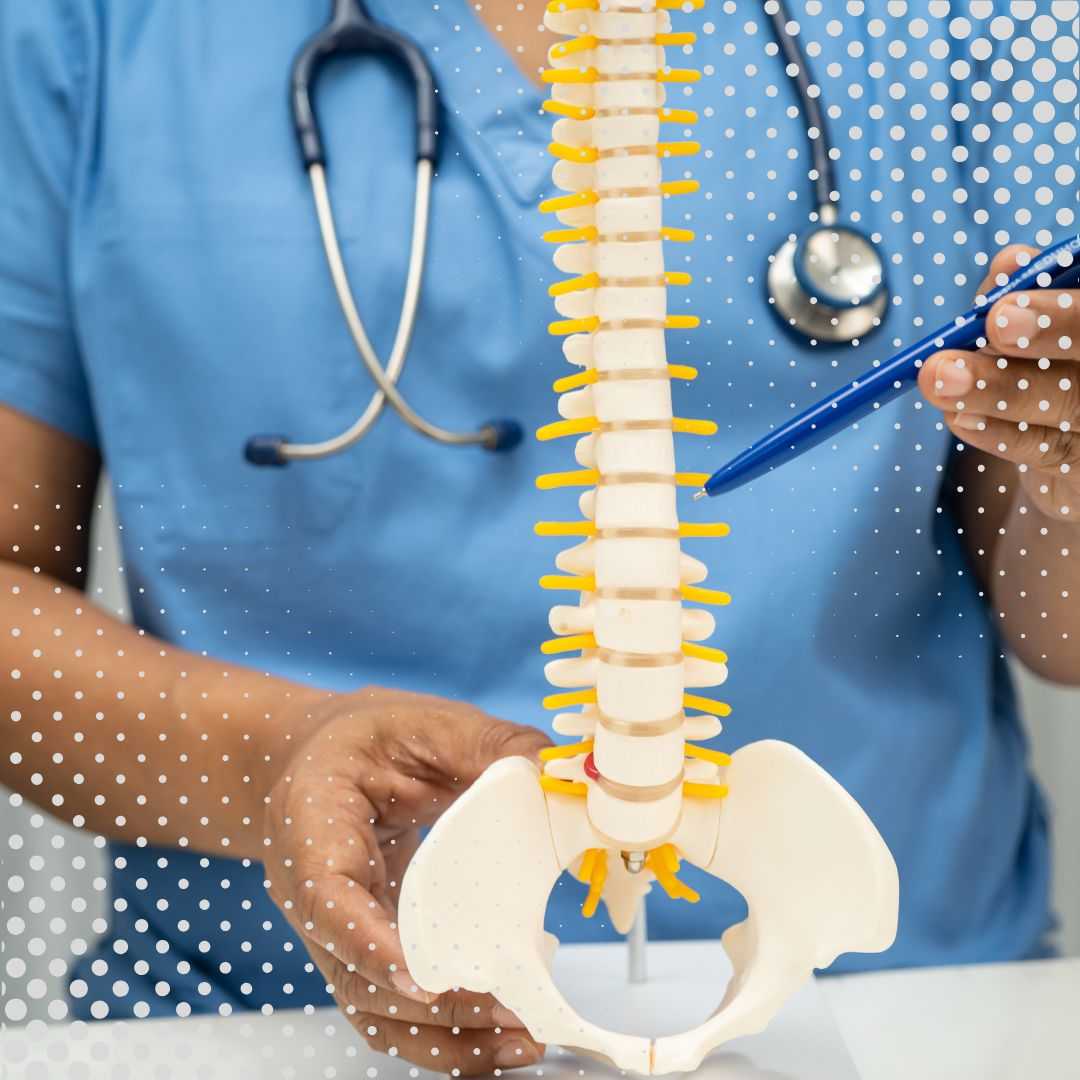
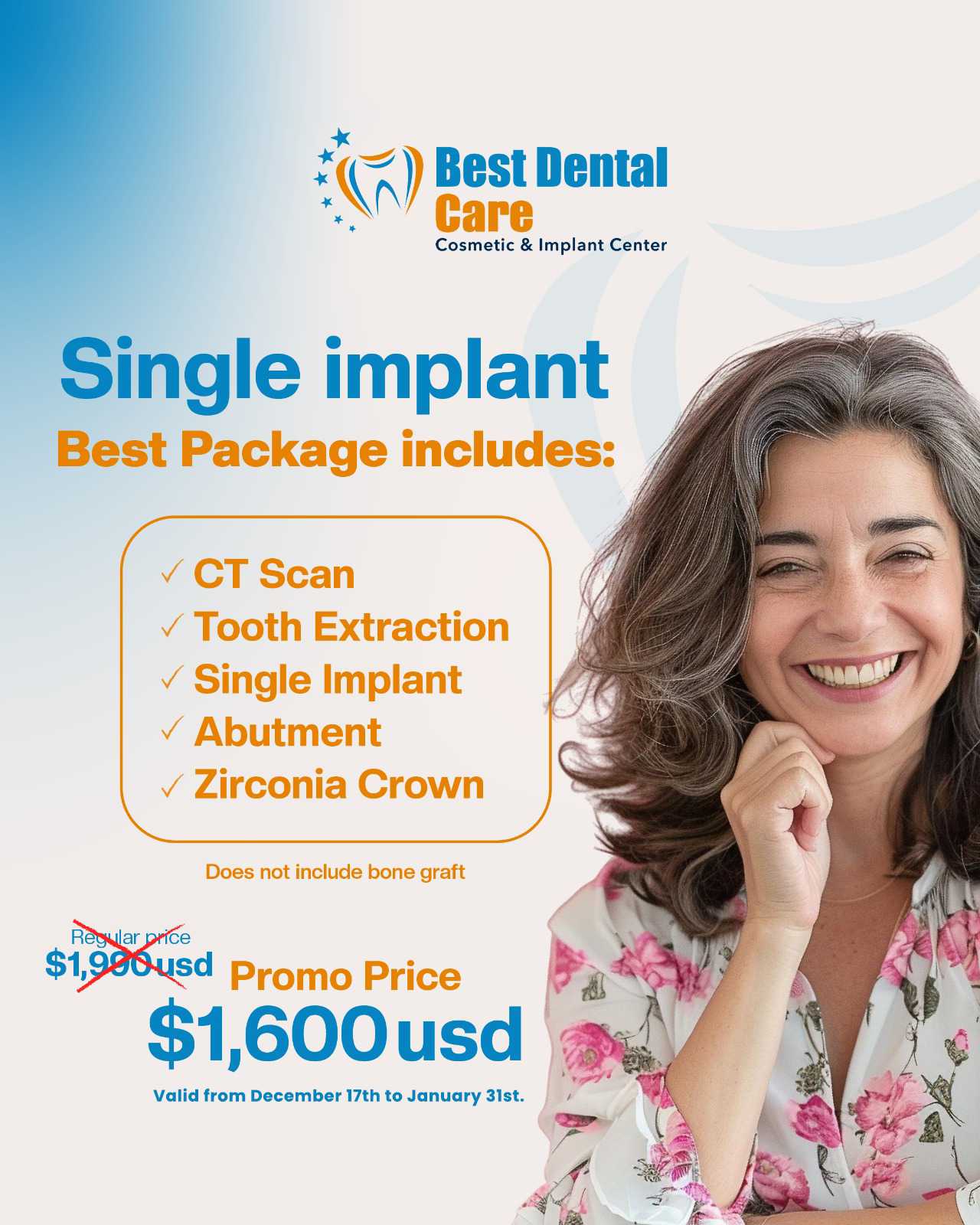
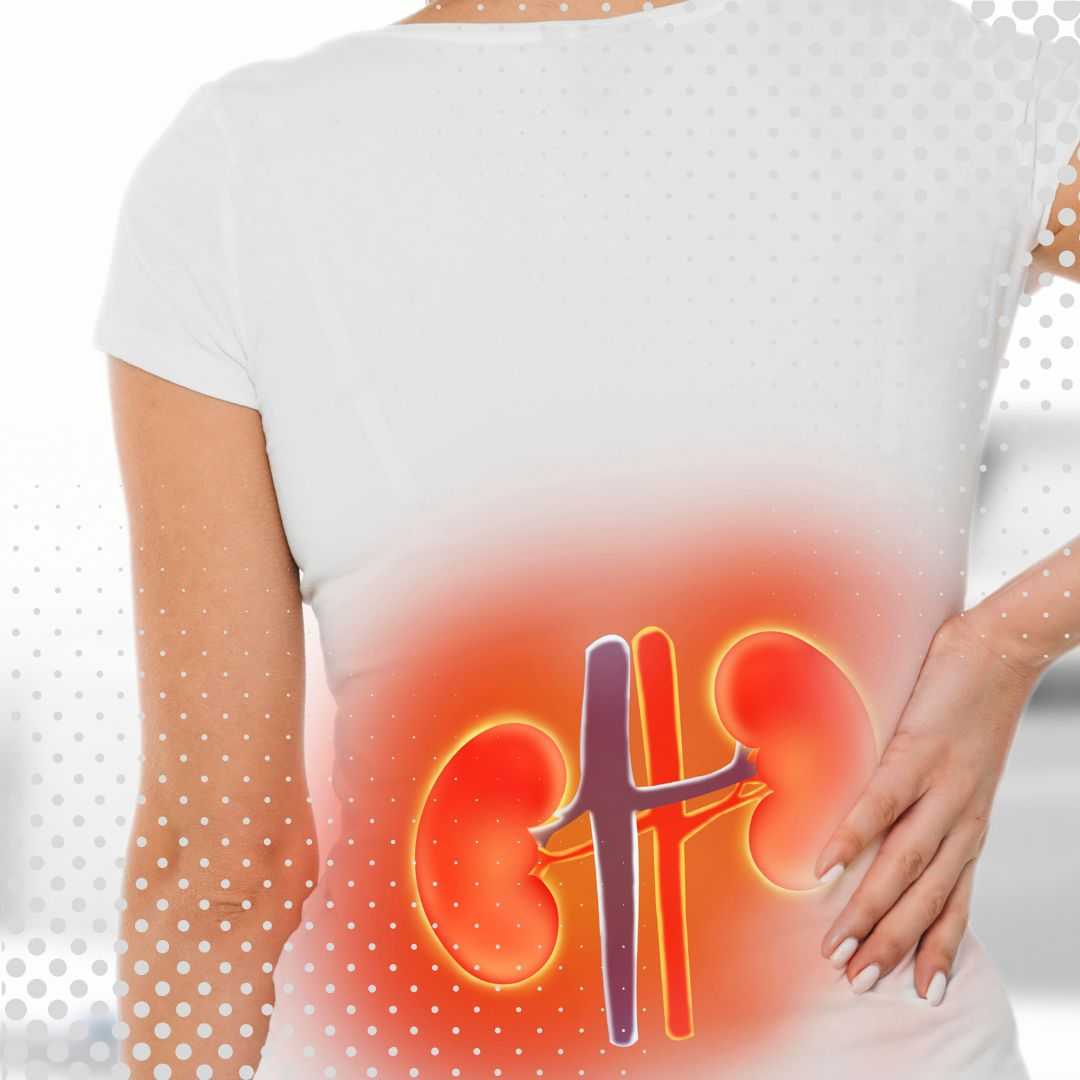




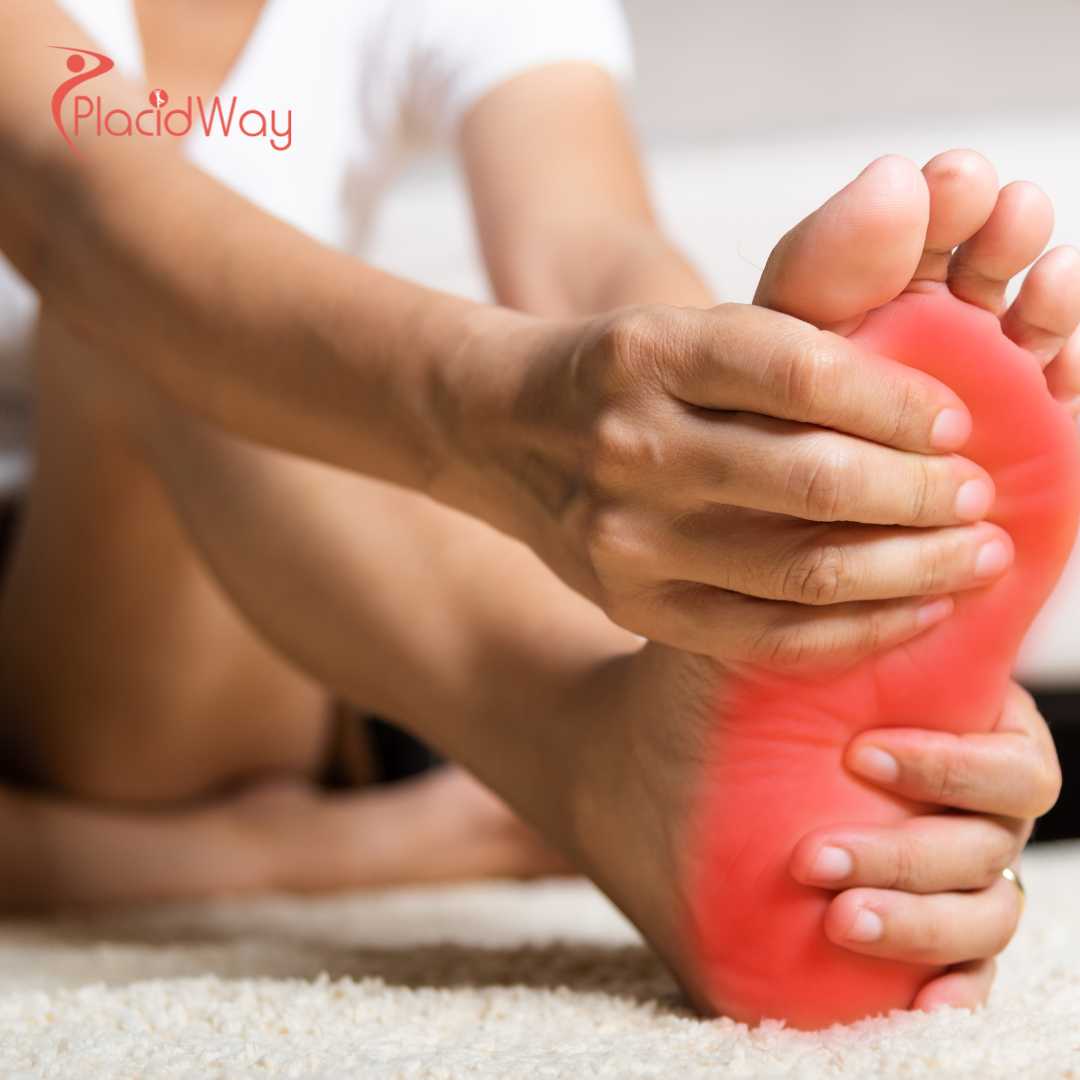

Share this listing